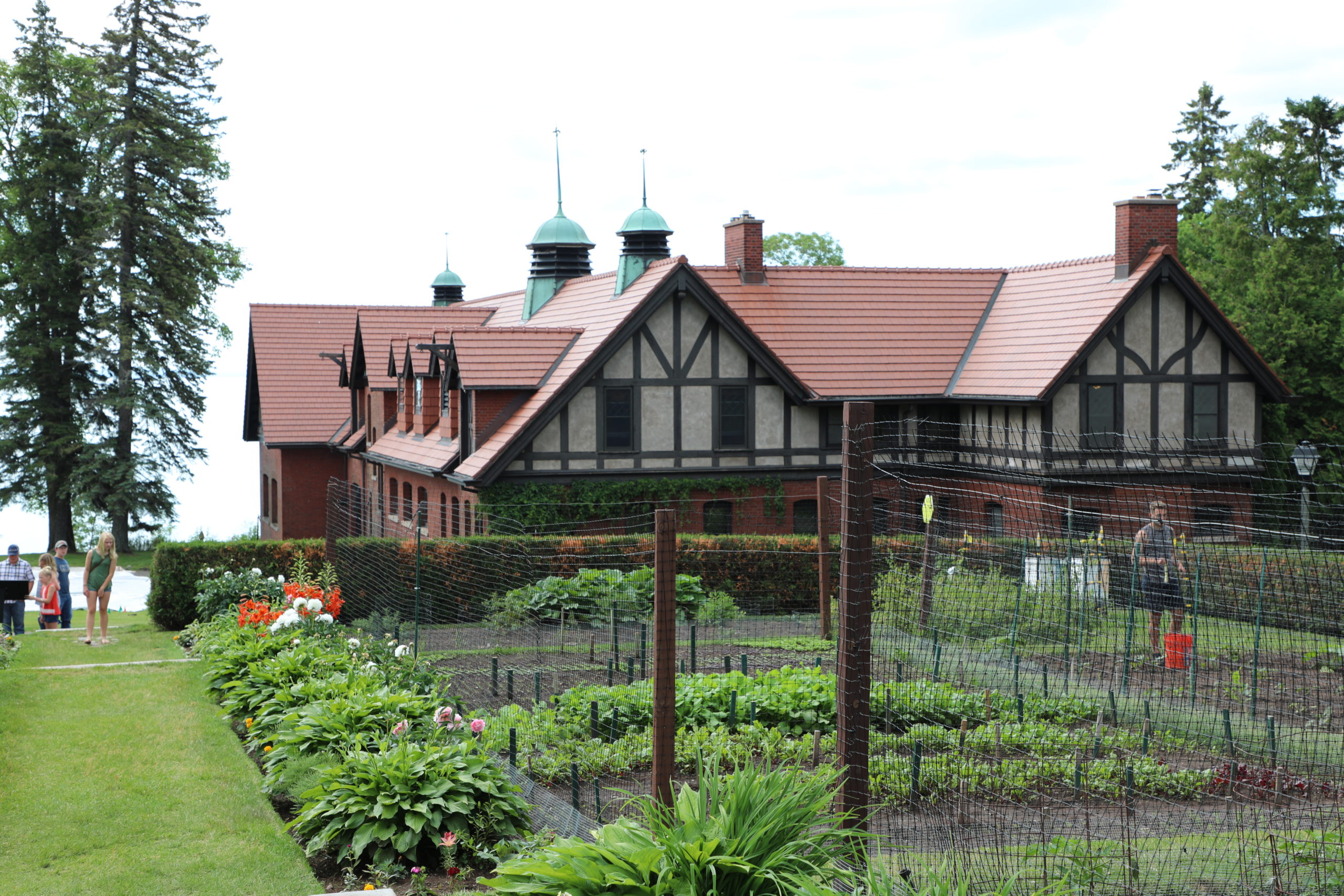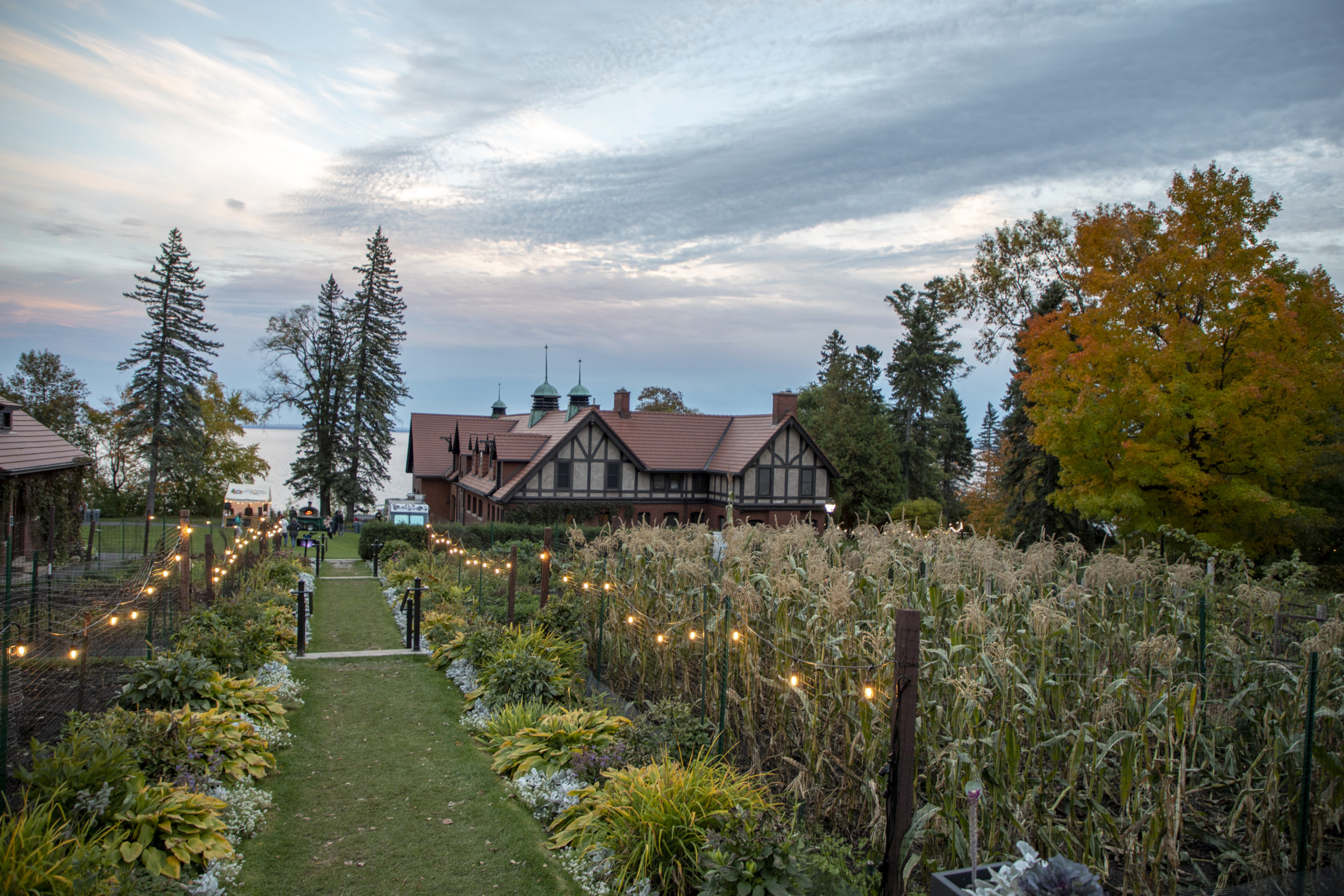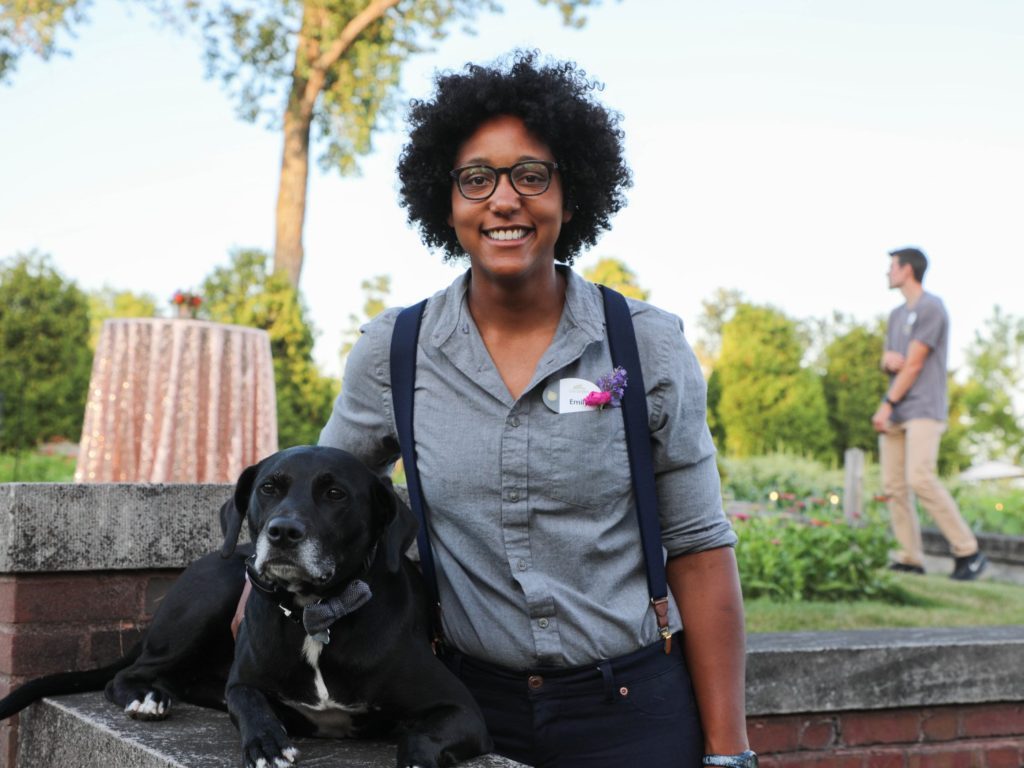
1. What kind of fertilizer do I use (and what I recommend)?
I do a soil test every year to see what my big nutrients are doing in the soil. When looking at “fertilizers” remember that we aren’t feeding the plants perse, rather we are feeding the soil. I add a thick layer of compost in the spring to all of my food beds and to my annual beds. The great thing about compost is that it will generally slowly feed the soil and will help with soil structure — especially in Duluth where we live in clay land, but you cannot calculate how much of each nutrient you are giving the soil. There are loads of organic fertilizers that will tackle the big NPK (nitrogen, phosphorus, potassium), but at Glensheen I use inorganic additives in the spring. I am sure to do all of my calculations for each bed however so that I am not just throwing nitrogen around the earth, especially so close to the lake. If you don’t do a soil test, no worries! I would recommend adding compost every year to your gardens, especially if you are growing food! If you are using a store bought fertilizer (inorganic or organic) always always read the label. Too much of a good thing can be a bad thing.

2. What are my thoughts on wood mulch?
Mulch is great if you like it. I do not particularly like it because it needs to be replaced every year to keep it looking nice and that is an odd expense. That being said, it is great at suppressing weeds and keeping roots cool and moist through the hot hot summer days. At Glensheen I do not use it except with some of my foods. I use pine bark for my blueberries (to keep the roots cool in the hot hot summer), natural cedar for the raspberries (to suppress weeds) and straw mulch for tender plants in the winter — garlic, roses, delphiniums etc. I also do not use it at home, but I have other clients that do have it.
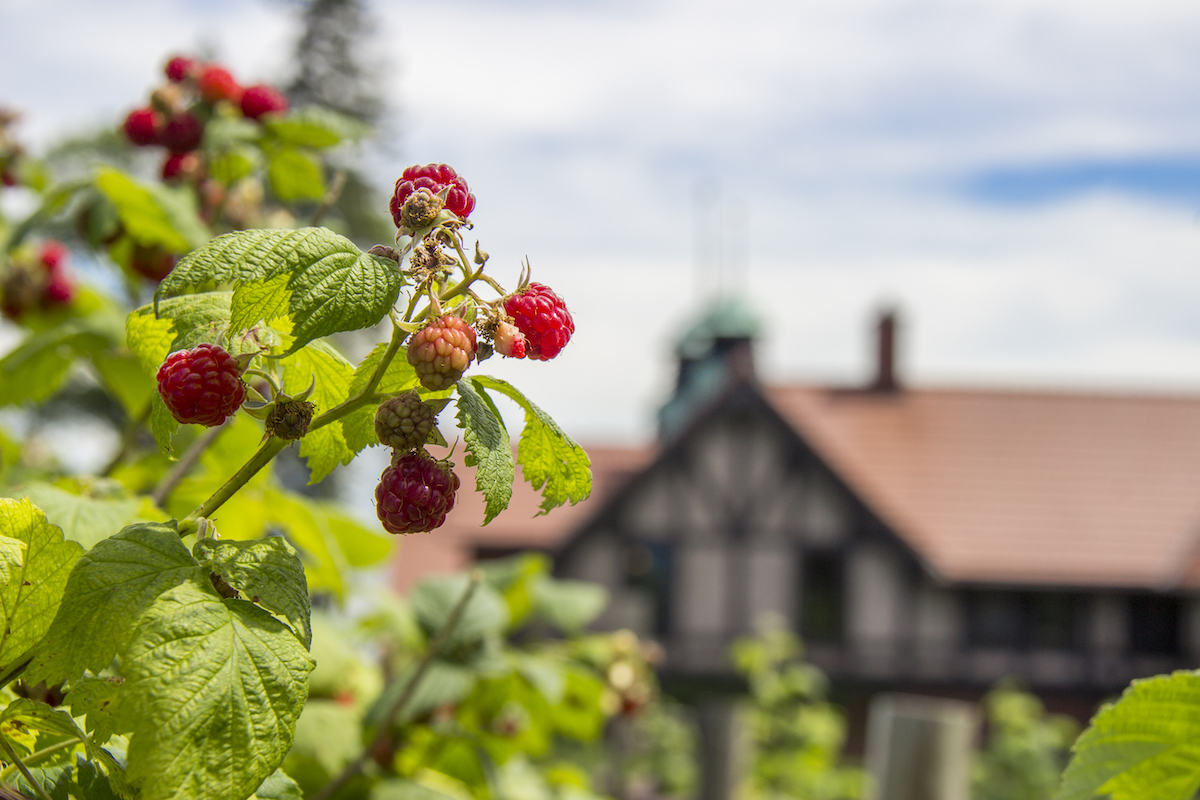
3. How do I feel about raised beds?
Fantastic! You have so much control over your soil type and it’s generally easier on your body to work in them if they are tall enough! Duluth is a great place to have them since we mainly have clay soil.

4. Is it tough to start seeds indoors? Do I do it?
Generally it isn’t tough to start seeds indoors. There are tons of tutorials available on how to do it. My main advice for seed starting (and gardening in general) is to just pay attention! Observation is the number one skill of a gardener. Once you are ready to move them outside, don’t forget to acclimate them to the outdoors. I do not start my own seeds. I have in the past but I have so many beds to fill at Glensheen that it is better to have a local grower begin them for me. When I have greenhouses at Glensheen I will most likely start the majority of my own plants by seed. At home, I only have perennials.
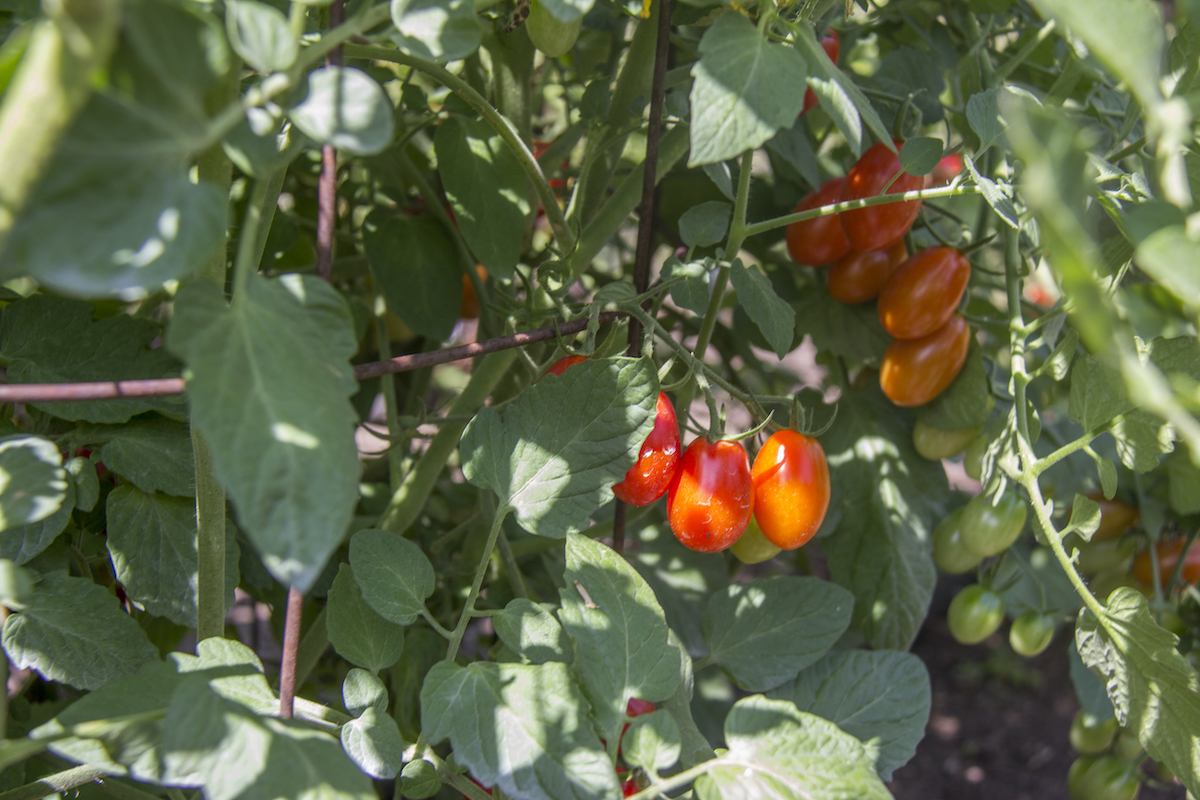
5. How do I choose what to grow?
With Glensheen’s gardens I want to be as historically accurate as possible. For flowers I consult old photos and lists that are in our historical archives. I do my best to match what was being grown at the height of the gardens. The design changes every year, however, as I mature as a gardener. With food I grow what I like to eat and what our staff likes to eat. My biggest recommendation to anyone that wants to garden or grow food is grow what you like and try a few fun things that seem scary or unknown. Grow things that you will use, or that you just find pretty or attractive. If you are not bound to historical legacy, let your hair down and grow what you like! And if it doesn’t grow or you think it’s ugly, make a note and either try again or try something new.
6. How do I prune this [insert woody plant here]
Pruning can be as relaxed or as technical as you want to make it. There are professional “pruner folks” out there that make extremely calculated pruning cuts, but they all generally come back to the basics — the four d’s: dead, diseased, damaged or deranged. Take a look at your woody plant i.e rose, lilac, forsythia, gooseberry, currant etc. and look to see if any of the branches are one of the four d’s. Is it dead? Prune them back to a point where it is alive. Is it diseased (is it a funky color)? Prune it back to a healthy spot and then give your pruners a wipe with disinfectant before moving onto another cut. Is it damaged? Did we get 5 feet of snow overnight in the winter and it broke the branch? Prune it back to a healthy part. Or is the branch deranged, meaning crossing? We never want branches to rub on each other (unless you do want that for aesthetic purposes) . Imagine if you rubbed your fingers together all day forever, a wound would probably open and it would give cause for disease to enter. Do a bit of research for when it is a good time to prune your specific plant. Some prefer early spring and others right after they have dropped their flowers.
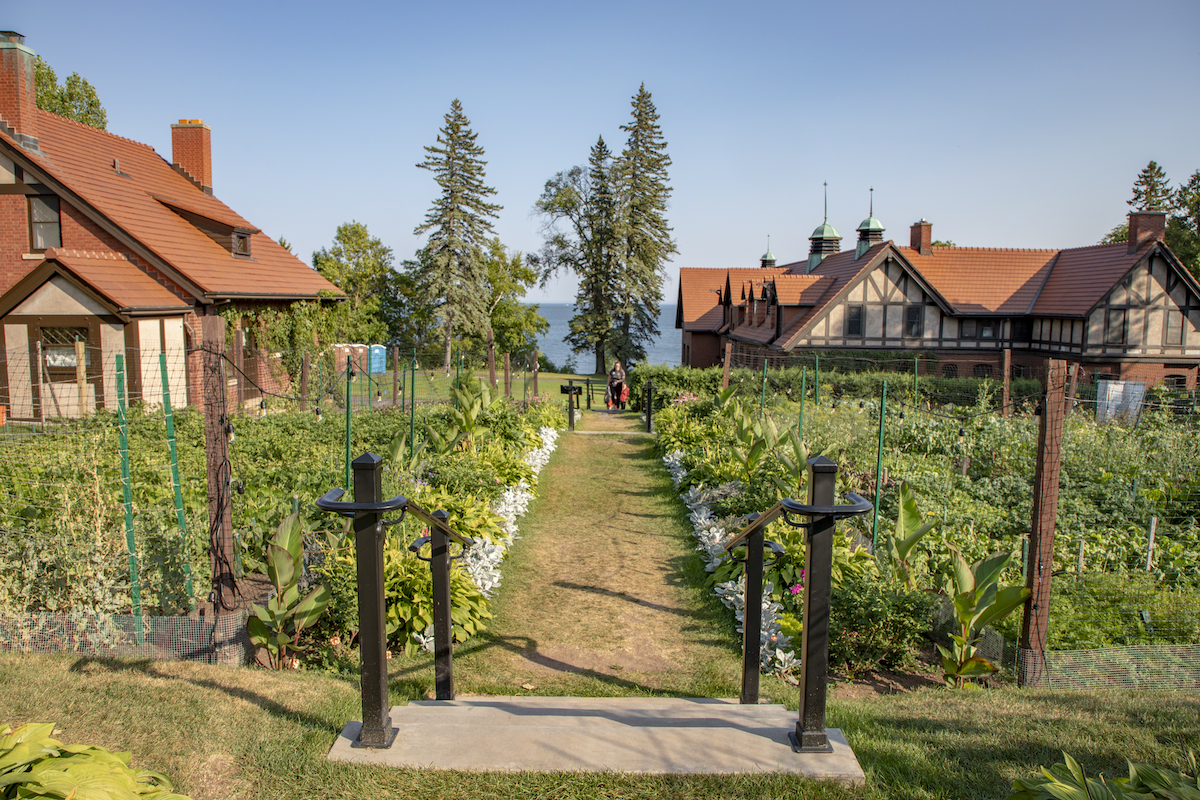
7. What do I think about pollinator gardens?
I love this question. I sneak pollinator plants in any garden that I can. The notion that pollinator gardens look messy is a valid point, but they do not have to be messy! Many pollinator plants are quite beautiful (stunning even). Pollinators are some of the most important organisms on the planet, so I try to feed them as much as I can. When you think about what type of pollinator plant you want to choose, think about who is around your gardens. Do you see chunky bumble bees? Give them bright open flowers to land on. See hummingbirds zipping around? Give them long trumpet-like flowers to slide their long tongues into. Want to see monarch butterflies? Then grow that milkweed like your life depends on it!
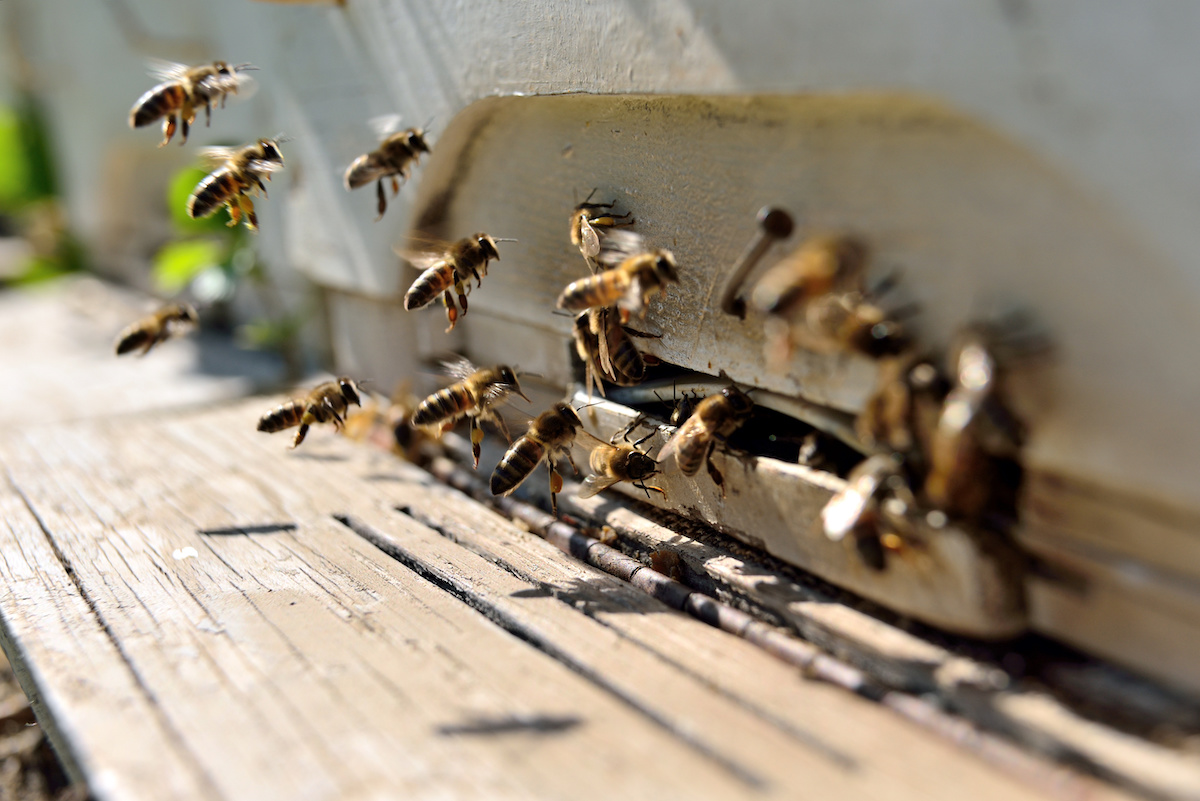
8. Do I use herbicides and insecticides? How do I deal with pests?
Yes and no. At Glensheen the lawn is such an important part of the aesthetic that I do use herbicides to keep the weeds away and the lawn thick. My goal is to have such good turf that the weeds are naturally suppressed. I do not use any herbicides in the garden beds. All summer long my crew and I hand pull all of the weeds in the gardens, it’s a lot of work for us, but the reward is quite beautiful! I do not use any harsh insecticides (besides slug bait), I battle all of my insect foes face to face. My main battle is against the almighty aphid. But they can be taken care of by using insecticidal soap — you can make your own mix at home! I do not want to use insecticides that will kill off beneficial insects that I love having around. Another way to take care of insects that you do not want eating your beloved plants is to have a sacrificial plant variety that the bad bugs are attracted to, plant enough of them and they may leave your other ones alone. My other biggest pest is the white-tailed deer and rabbits. I fence in anything that I can to keep them out. On plants that aren’t fenced in I use a deer and rabbit spray. The spray can be pretty stinky though. You can also make a home version. My biggest recommendation for the use of a spray is that you need to rotate between varieties so that the smell changes and that you probably need to spray after a rain even if the package says “will continue working up to 3 months! Even after rain!”
9. How soon can you start planting in the ground?
Observation is key. After such a long winter it is so easy to want to jump the gun! Take a look at when your last frost is and then look at the night time lows. Even if it is in the 50’s during the day and it’s beautifully sunny out, if it is close to freezing at night hold off on the warm season plants such as (tomatoes, squash, corn, cucumbers etc.) but know that you can start thinking about your cool season plants (lettuce, peas, kale etc.) Another way to look at it is feel the bare soil surface with your hand. Does it feel warm to you? Then feel a couple inches below the soil, how much cooler does it feel? It’s ok to have cool sub soil and plant, but not freezing. There are ways to get around having to wait until mid may or June. Take a look at cold frames or covering plants with row covers.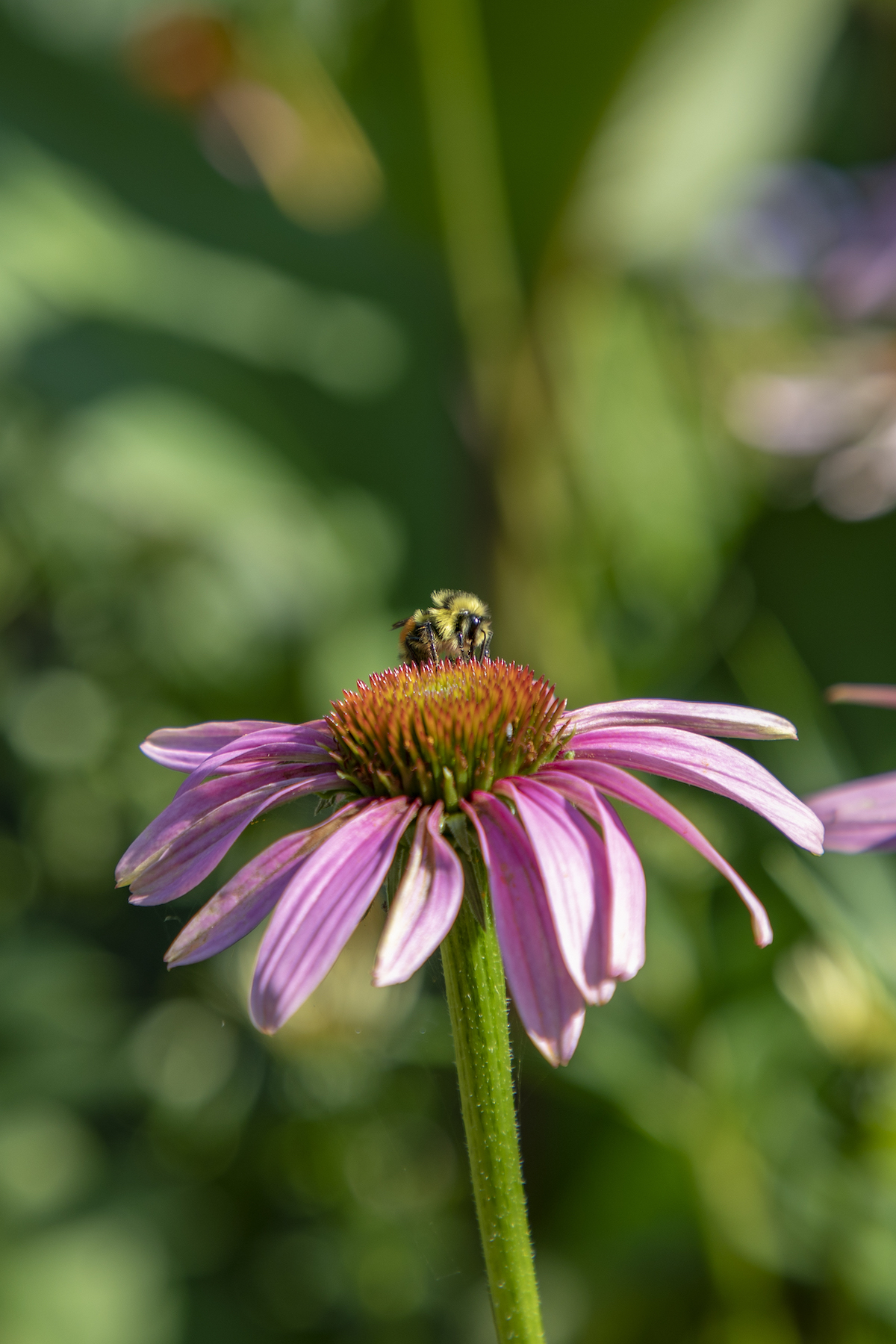
10. Where do I get my plants from?
I locally source as much as I can, the folks at Bending Birches Greenhouse are great at growing me most of my bedding plants. I source my native plants, shrubs and trees from the St. Louis County tree sale and Prairie Restoration. I get new dahlias and other fun plants from the Duluth Flower Farm. I also source garlic through the Duluth Community Garden Program. Anything else like specific trees or shrubs I order through Bachman’s Wholesale from the Twin Cities. The historic or older variety plants come from several places like Heirloom Roses or Old House Gardens. My fall bulbs come from Colorblends. At home I just take plants from friends that need to get rid of theirs. I highly recommend doing this! It’s a great way to share knowledge and upcycle unwanted plants.
